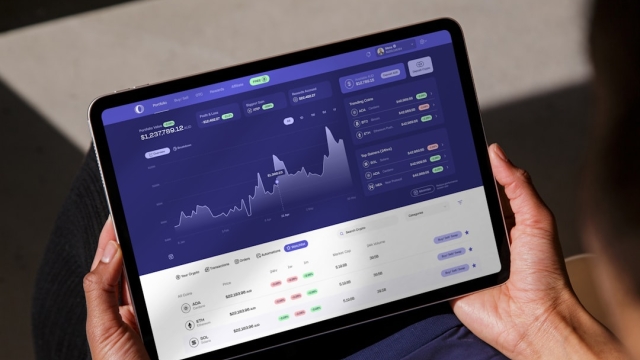Introduction to Crypto Trading Strategies
In the dynamic and often unpredictable world of cryptocurrency trading, having a solid trading strategy is essential for success. The volatility of the crypto market can lead to significant gains but also substantial losses. Therefore, understanding various crypto trading strategies is crucial for individuals looking to navigate this complex landscape. This article will explore several essential strategies, including technical and fundamental analysis, risk management techniques, and the importance of market sentiment.
Introduction to Crypto Trading Strategies
Crypto trading strategies encompass the various methods traders use to determine when to enter or exit a position. These strategies can be as simple as following market trends or as complex as employing sophisticated algorithms. Regardless of the approach, the ultimate goal is to maximize profits while minimizing risks.
Technical Analysis for Crypto Trading
Technical analysis is a method that involves analyzing price charts and historical data to forecast future price movements. Traders often rely on indicators such as moving averages, Relative Strength Index (RSI), and Fibonacci retracement levels to identify potential entry and exit points. By understanding price patterns and market trends, traders can make more informed decisions. Incorporating technical analysis into crypto trading strategies can help traders spot opportunities and avoid potential pitfalls.
Fundamental Analysis in Cryptocurrency Markets
While technical analysis focuses on price movements, fundamental analysis examines the underlying factors that might affect a cryptocurrency’s value. This includes evaluating the technology behind a cryptocurrency, the team involved in its development, market demand, and regulatory considerations. A strong fundamental understanding can provide insights into the long-term viability of a cryptocurrency, aiding traders in making educated investment decisions.
Risk Management Techniques
Effective risk management is vital for any trading strategy. By implementing risk management techniques, traders can protect their investments from significant losses. Some common strategies include setting stop-loss orders to limit potential losses, diversifying assets to reduce risk exposure, and only investing a small percentage of their capital in a single trade. A disciplined approach to risk management can enhance the sustainability of a trading strategy over the long term.
Long-term vs. Short-term Trading Strategies
When it comes to crypto trading strategies, traders often choose between long-term and short-term approaches. Long-term trading, also known as “HODLing,” involves holding onto assets for an extended period, betting on their appreciation over time. This strategy is often less stressful and less time-consuming. In contrast, short-term trading, including day trading and swing trading, requires more active involvement and a keen understanding of market fluctuations. Each approach has its advantages and disadvantages, and traders should choose a strategy that aligns with their risk tolerance and investment goals.
The Role of Market Sentiment in Trading Decisions
Market sentiment plays a critical role in trading decisions. Traders must stay attuned to the overall mood of the market, as emotions can drive price movements. Utilizing news sources, social media, and community forums can provide valuable insights into market sentiment. Understanding how sentiment influences price action can be a significant factor in developing effective crypto trading strategies.
Tools and Resources for Effective Crypto Trading
To enhance their trading experience, traders can utilize various tools and resources. Trading platforms with built-in analytical tools, cryptocurrency news aggregators, and community forums can provide valuable information and insights. Additionally, leveraging resources such as educational content, webinars, and mentorship programs can help traders refine their skills and strategies.
| Strategy Type | Description | Best For |
|---|---|---|
| Technical Analysis | Uses charts and indicators to predict price movements | Active traders |
| Fundamental Analysis | Evaluates the underlying value of cryptocurrencies | Long-term investors |
| Risk Management | Techniques to protect investments | All traders |
| Long-term Trading | Holding assets over extended periods | Passive investors |
| Short-term Trading | Frequent buying and selling based on market movements | Active traders |
In conclusion, navigating the cryptocurrency market requires a well-thought-out approach to trading. By incorporating various crypto trading strategies, traders can enhance their ability to make informed decisions, manage risks, and adapt to changing market conditions. Whether focusing on technical or fundamental analysis, understanding market sentiment, or implementing robust risk management techniques, the right strategies can lead to a successful trading journey. For those looking to exchange cryptocurrencies efficiently, exploring resources that facilitate seamless transactions is also advisable.



